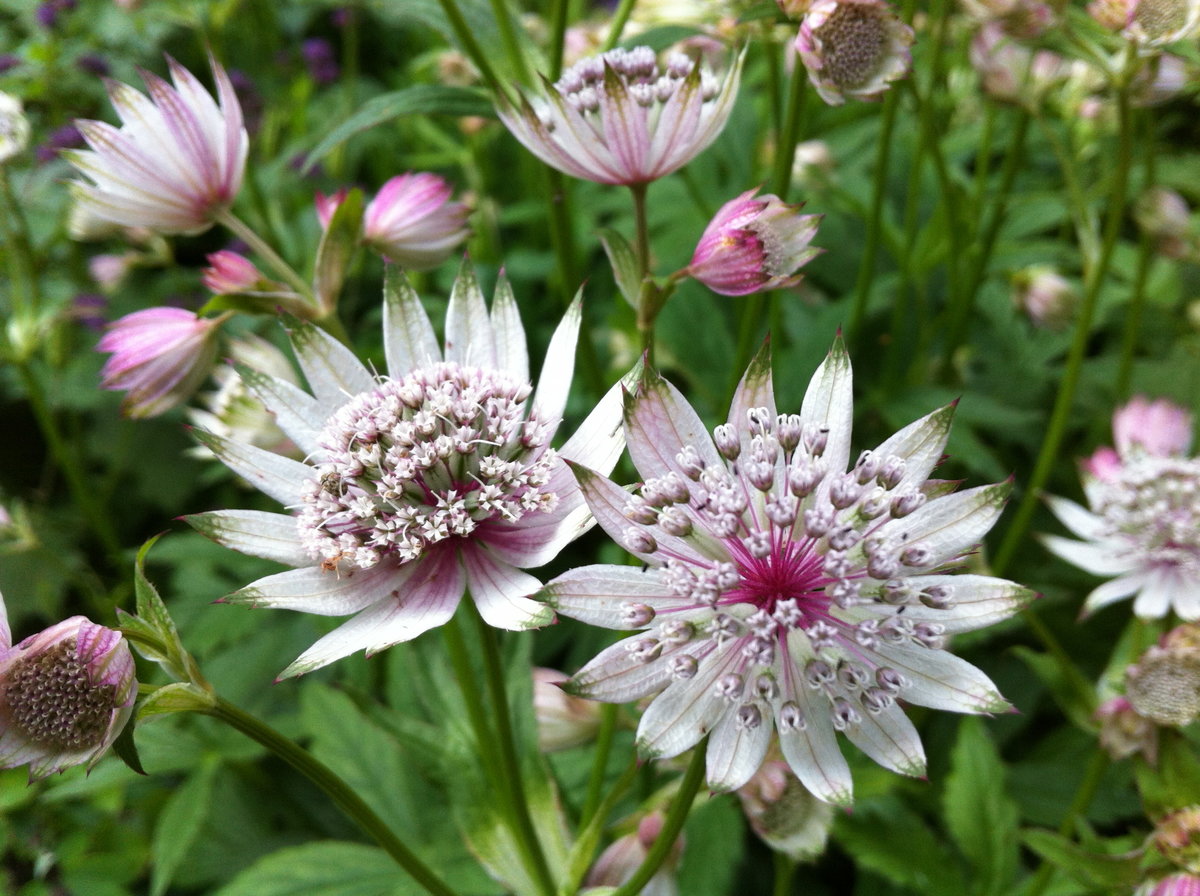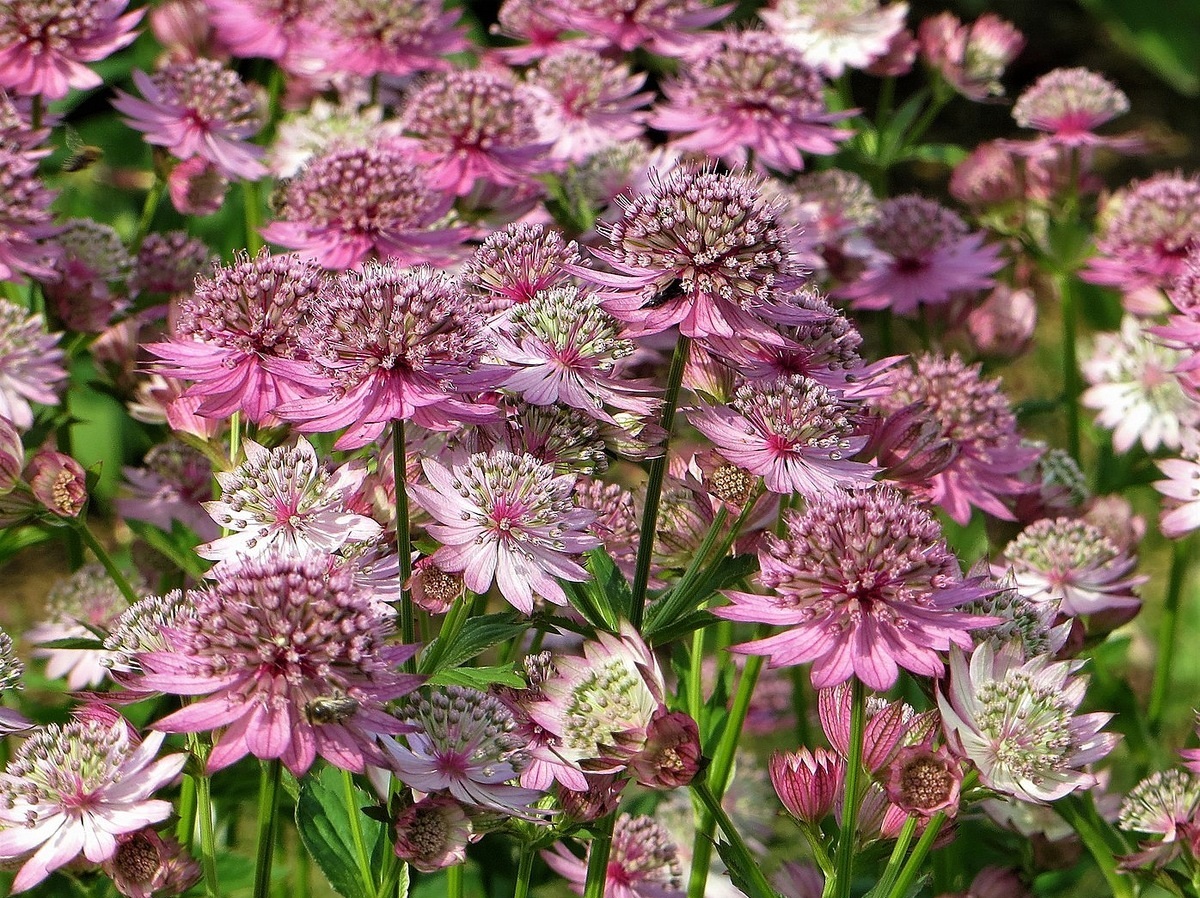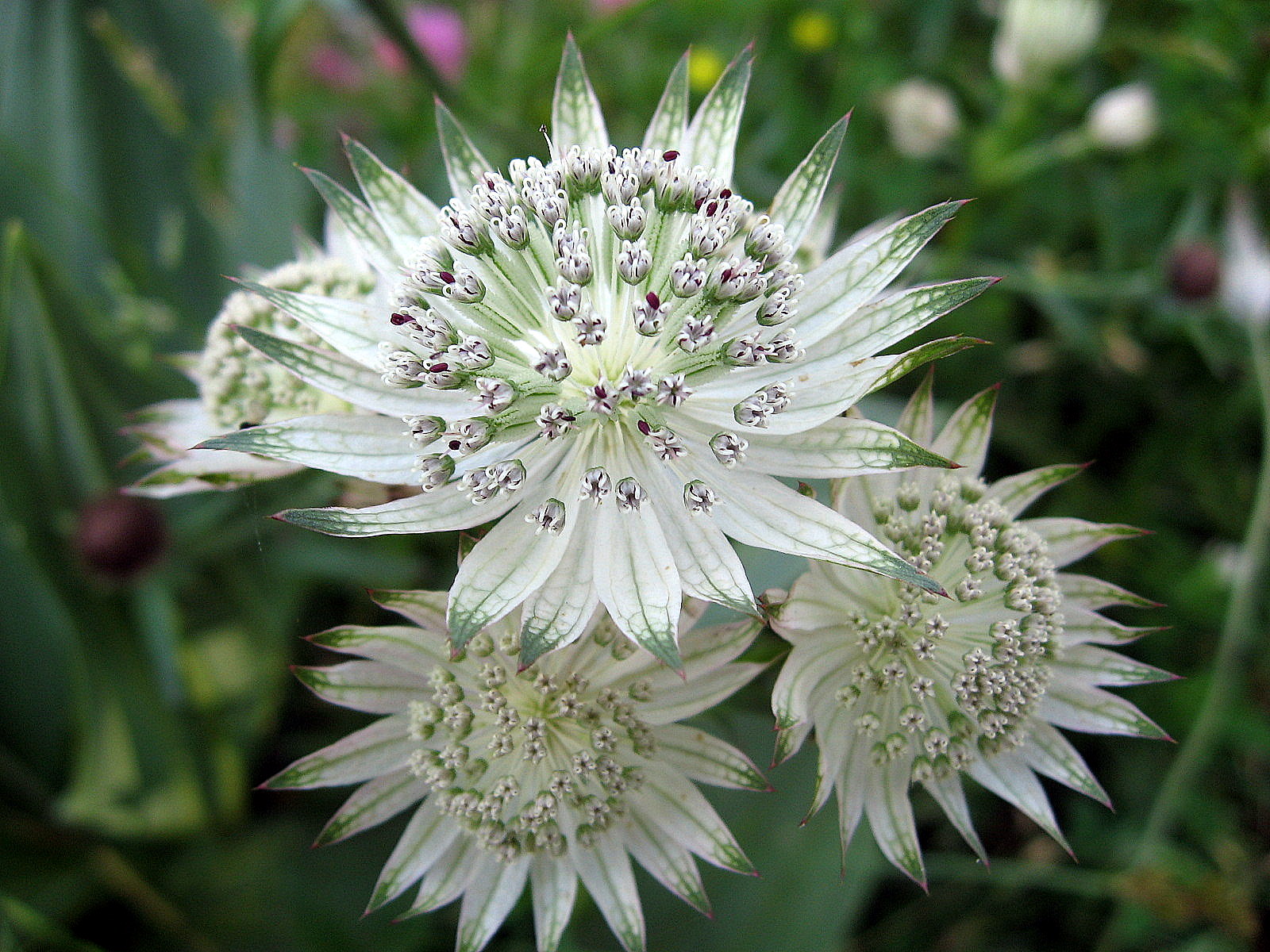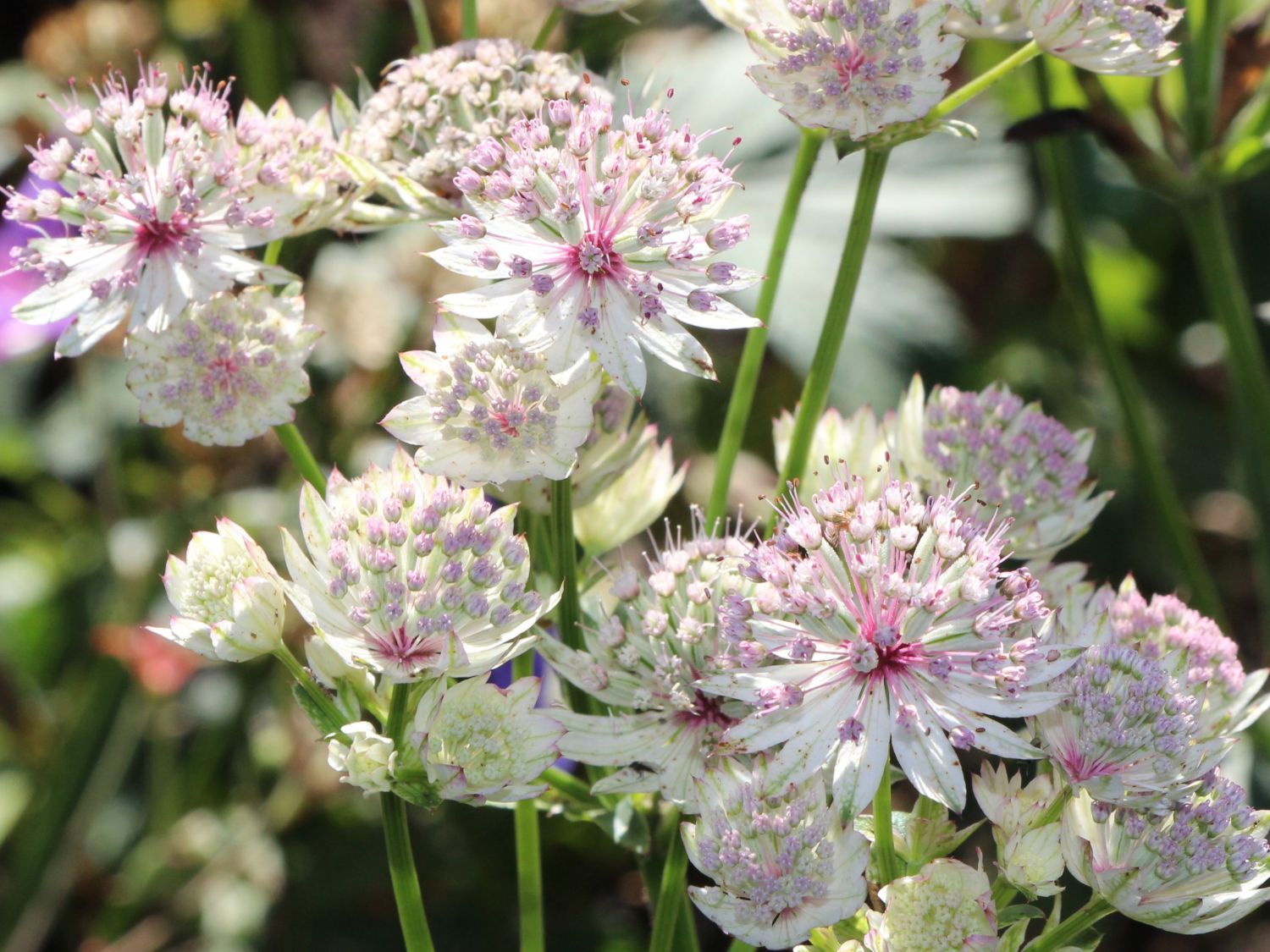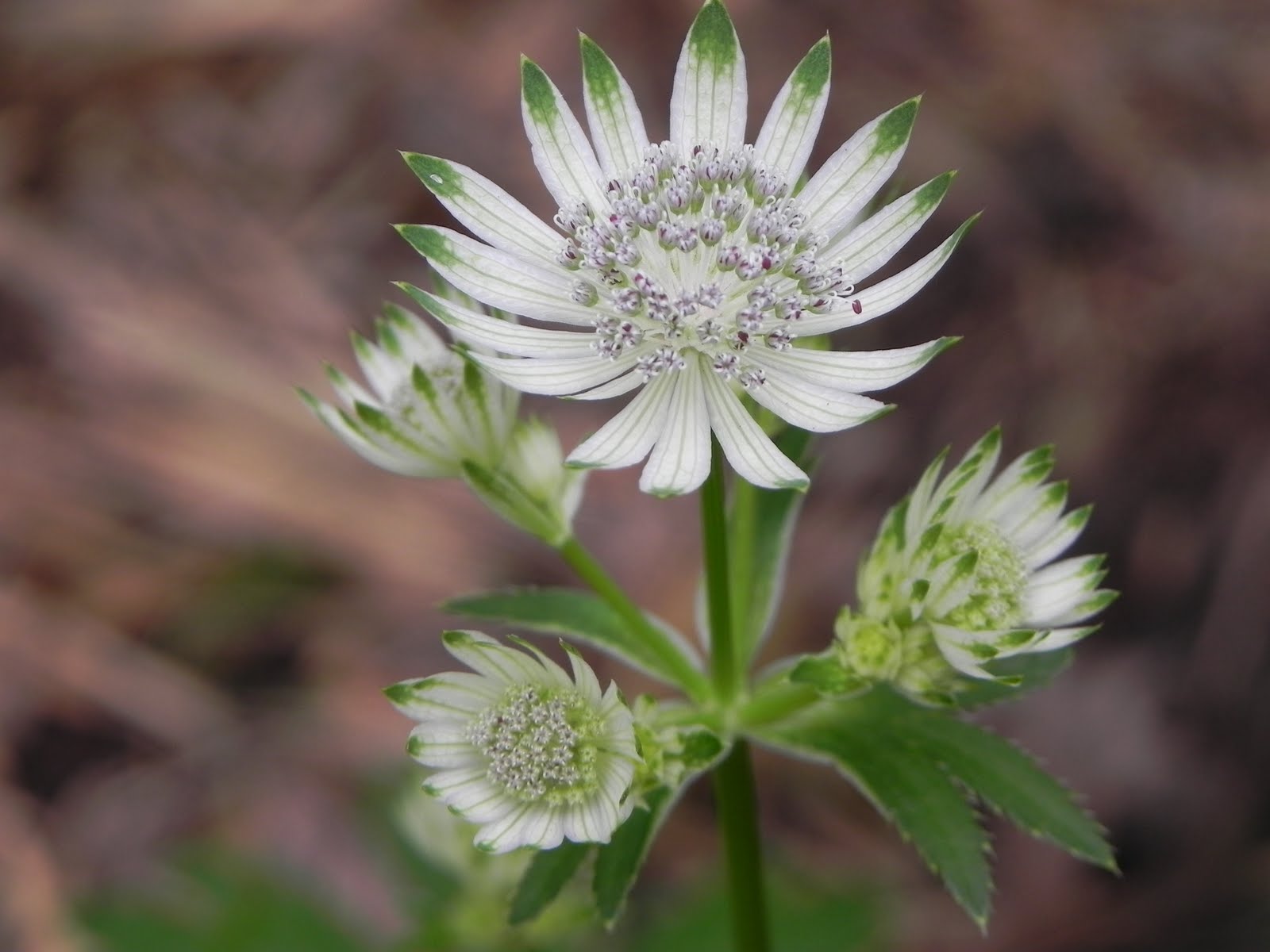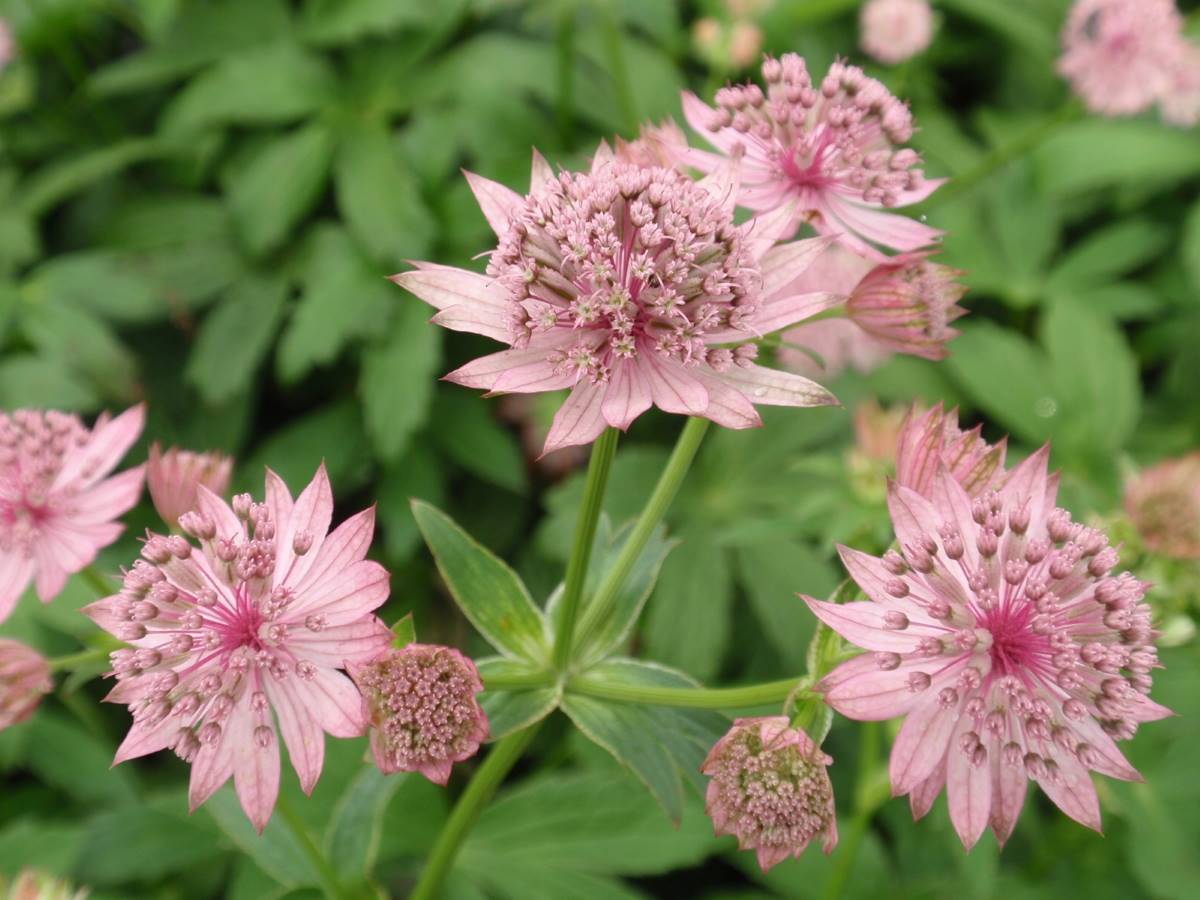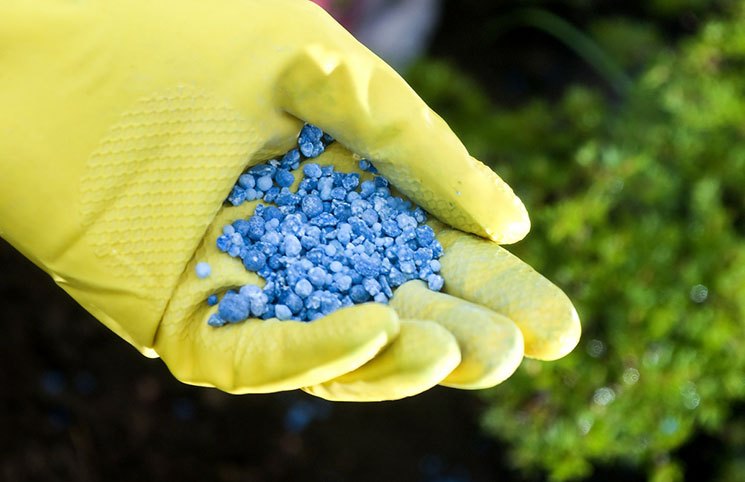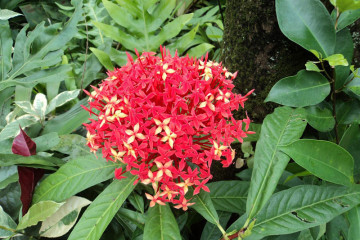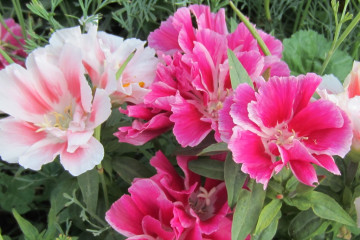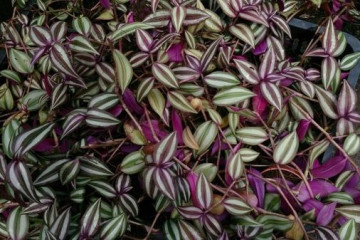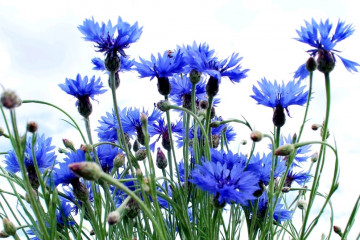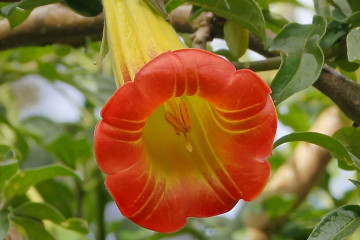Astrantia flower
Astrantia flower is unusual, so it is often used to decorate the design of a garden, park or backyard landscape. In Russia, the variegated beauty is called a starlet, comparing its external resemblance to a star. This is no coincidence - the shape of the inflorescence is close to the constellation or the outline of the bright sun.
Origin
The history of the Astrantia plant begins in the 16th century in England. Then she was appreciated for attracting bees. It was a real pleasure for the housewives to look after her. It was from Great Britain that the flower came to Russia.
A good quality in describing astrantia is that it is unpretentious, does not require much attention. Grows in open plains, in shade or partial shade.
There is a second legend: once a star fell in love with an earthly guy. To be always with him, she decided to fall to the ground. During the flight, the wind mercilessly chopped off the edges of the bright constellation, filling the area with thousands of fragments. They subsequently turned into charming flowers that glow at night.
Description of appearance
A perennial plant belongs to the Umbrella family. It has bright flowers of amazing shape and mesmerizing shades: white, red, pink, purple and lilac. Sometimes colors are combined in one bud.
Plant characteristics:
- Straight branchy stems 15-90 cm in height.
- A small amount of leaves that collect in a rosette at the root.
- Sprawling bushes (in wild varieties), reaching 50 cm in diameter.
- Easy to grow, tolerates wintering without complications.
- Flowering for 1.5 months, in June - August, sometimes also in September.
- The inflorescences are collected in umbrellas from three to five centimeters.
- The colors come with a border or veins.
- The fruits are two-seed.
- Powerful, compact rhizome.
Types and varieties
Breeders have about 10 varieties of culture. Since reproduction occurs only with the help of seeds, then in order for the young shoots to fully convey all the features of the mother plant, it is necessary to collect the seed even before it is fully ripe and shattered.
Astrantia varieties and types are the most popular:
- Large and Large. Subspecies - Prima Donna, Shaggy, Venice, Claret.
- The greatest. Subspecies - Maxima, Rosea.
- Small star.
- Pink. Subspecies - Symphony, Rubra, Pink Pride.
- White. Subspecies - Alba and Roma.
- Moulin rouge.
Big
Astrantia Bolshaya has large leaves, but peduncles are small, pale pink.
Height - no higher than 80 cm.
White
Astrantia White - decorative type. It is the bestseller among all varieties. It blooms for a very long time, up to 45 cm in height. Likes partial shade or diffused sunlight.It gives abundant self-seeding, therefore it is recommended to remove old faded fruits.
It goes well with bells, irises, geraniums.
Moulin rouge
Astrantia Moulin Rouge has crimson-wine flowers and dark leafy wrappers.
It is not afraid of frost, the shrub reaches a height of 60 cm.
Roma
Astrantia Roma can often be found in the flower beds of the central sites of cities.
This is no coincidence - delicate lilac flowers on a tall shrub look mesmerizing.
Major Astrantia Major
This species is considered the predecessor of all the others. After growing the seeds, the colors of the peduncles change, the flower itself becomes taller.
Hybrid varieties from this species are not recommended to grow.
Shaggy
Astrantia Shaggy is classified as large or large. It grows very well on garden soil, does not require frequent transplanting. On one soil, it can actively develop for 5-7 years.
A feature of reproduction is the possibility of dividing the bush in the autumn or part of the rhizome in the spring before the beginning of leaf growth.
Pink
Astrantia Pink has maroon inflorescences, the height of the bush does not exceed 40 cm.
The subspecies Symphony and Pink Pride are especially popular.
Rosea
Astrantia Rosea belongs to the largest variety. It reaches 90 cm in height. Rosea has repeated flowering if the fading shoots are cut off.
The flowers are pale pink, with slightly red wrappers.
Venice
Astrantia Venice belongs to the large variety. Flowering takes about 40 days, flowers are dark purple.
Shrub height - up to 50 cm.
Claret
Claret is also a large variety with maroon inflorescences on a red peduncle. The very bright color of the flower distinguishes Claret from other Astrantia. Therefore, it is often used in bouquets, landscape designs.
Agrotechnics
Growing from seeds
Growing Astrantia from seeds at home requires special attention and control. This culture reproduces well by self-seeding, but at the same time it does not retain all its characteristics. The nurturing process is easy, but some guidance is needed.
Seeds can be sown:
- In the fall, when the flowers are harvested, in the spring they sprout themselves. This method can only be used with self-collected seeds.
- Store seed is sown only in the spring.
Recommendations after purchasing seeds in the store:
- Seeds need to be stratified, that is, cooled. It is enough to put them in the refrigerator for several weeks.
- Planting for seedlings is carried out in early spring, in March. A seed is sown shallowly into loose soil and they try to withstand it at a temperature of 20-23 degrees. The top is covered with a film, but the moisture is retained during watering. After a few weeks, seedlings appear, so the film can be removed, and the seedlings themselves can be thinned.
What is needed for landing
When planting and caring for an Astrantia flower, it is important to adhere to the main rule - light soil, rich in oxygen.
For landing you need:
- Prepared stratified seeds,
- Loose light soil,
- The room temperature after planting is not lower than 20-23 degrees before the start of germination and the appearance of seedlings.
An important factor in the rapid development of shoots is the presence of sunlight.
Growing seedlings
Seedlings begin to grow quickly if all the rules are followed. After two weeks, the seedlings can already be thinned out. While the seedlings are actively growing, they need to be constantly watered and the soil loosened.In no case should drafts be allowed.
If small leaves appear on the seedlings, you can dive the plant and plant it in small pots with the same soil in which the seed was planted.
Step-by-step process of planting in the garden
Planting astrantia planting and leaving in the open field will not cause any particular problems even for a beginner. The culture is very close to the field species.
Planting is carried out in late May or early May, when the seedlings are already actively developed. By the time of frost, the culture will have a stronger rhizome and will be able to withstand the frost. Already formed strong seedlings are planted. They will give the first flowers only after 2-3 years.
Scheme:
- The soil is being prepared. It should be light, loose, without loam and stagnation. It is possible to add black soil if the soil is acidic or too alkaline.
- Small pits are dug, where a drainage layer of sand and organic fertilizers (for example, household waste, plant tops) is introduced.
- Wells are watered abundantly with water and rhizomes are planted.
- The soil is compacted tightly and is watered again.
- Additionally, the soil can be mulched with hay or straw.
Care
Astrantia requires constant but uncomplicated care.
Watering mode
Watering should be regular and of good quality. In hot summer time - once or twice a week, in autumn - once every 10-15 days. Rain or settled water is used. As a supplement, it is allowed to water the plant with decoctions of chamomile, sage, nettle, dandelion or egg shell infusion. Eggshells also help in the fight against bears.
Top dressing
Top dressing is allowed, but you can not overdo it. The culture grows well even without fertilization.
Before the onset of bud growth, nitrogen fertilization is introduced, after flowering - phosphorus-potassium. Follow the instructions strictly.
If Astrantia blooms on soil poor in minerals, then it is allowed to introduce additional fertilizing of phosphorus and potassium in the middle of summer. Liquid fertilizers are very good for crops. When applying dry dressing, it is imperative to make abundant watering after applying it.
Flowering care
The gardener needs to ensure that the soil does not dry out in Astrantia. With prolonged drought, the plant will also develop, but flowering will suffer. Most likely, under such conditions, if it blooms, then only once. Therefore, if you want to re-flowering, you should water the culture abundantly.
It is also important to constantly loosen the soil and remove all weeds that interfere with flowering and crop development. Mulching with peat or humus helps to control weeds.
If faded inflorescences appear, they must be removed immediately. After the first flowering, it is better to cut off all the flowers so that the second ones will re-set. This procedure will help the shrub look fresh and well-groomed.
Resting care
When the flowers of Astrantia have finished blooming, they should be cut almost at ground level. This will make it easier for the plant to survive the winter. You can also make a top dressing to fill the culture with the necessary minerals. Watering becomes less frequent - up to once every 10 days.
Preparing for winter
In general, Astrantia tolerates frost easily. But, if these are young shoots, it is better to additionally protect them by mulching with sawdust or dry foliage.
There are a lot of varieties of incredible beauty of the plant. At the same time, choosing your favorite will not be difficult.The star flower will subsequently delight everyone with its flowering and will become the highlight of any flower bed.
